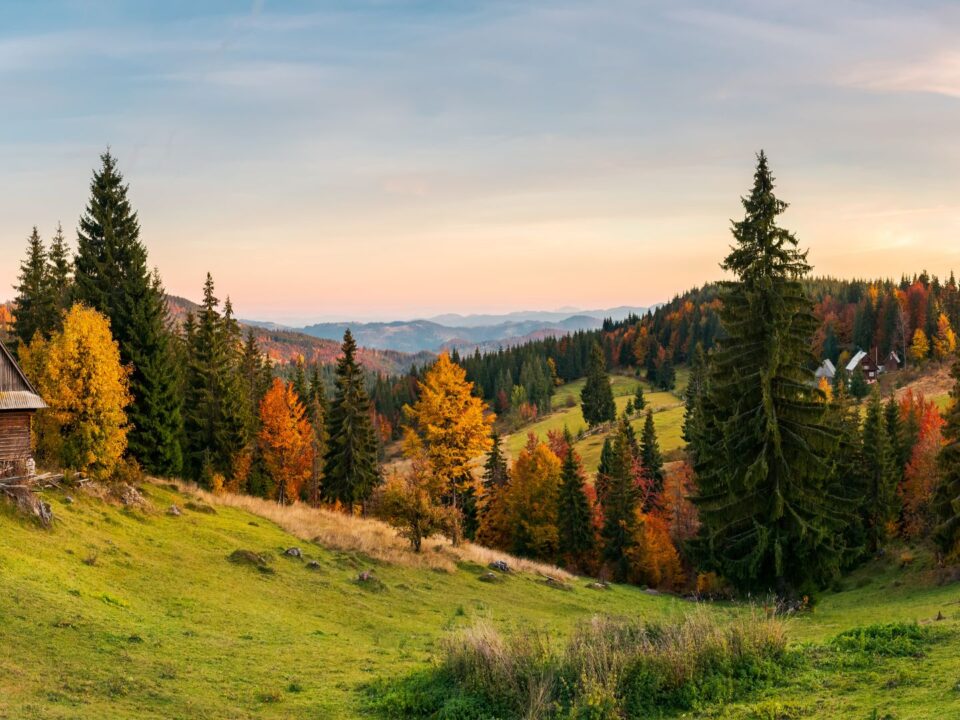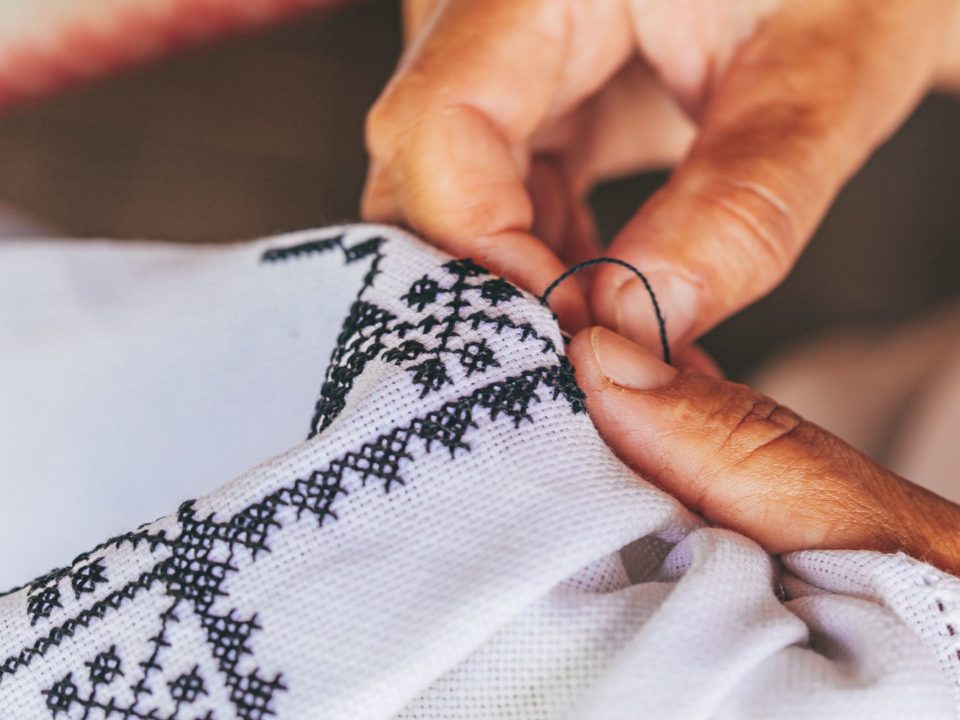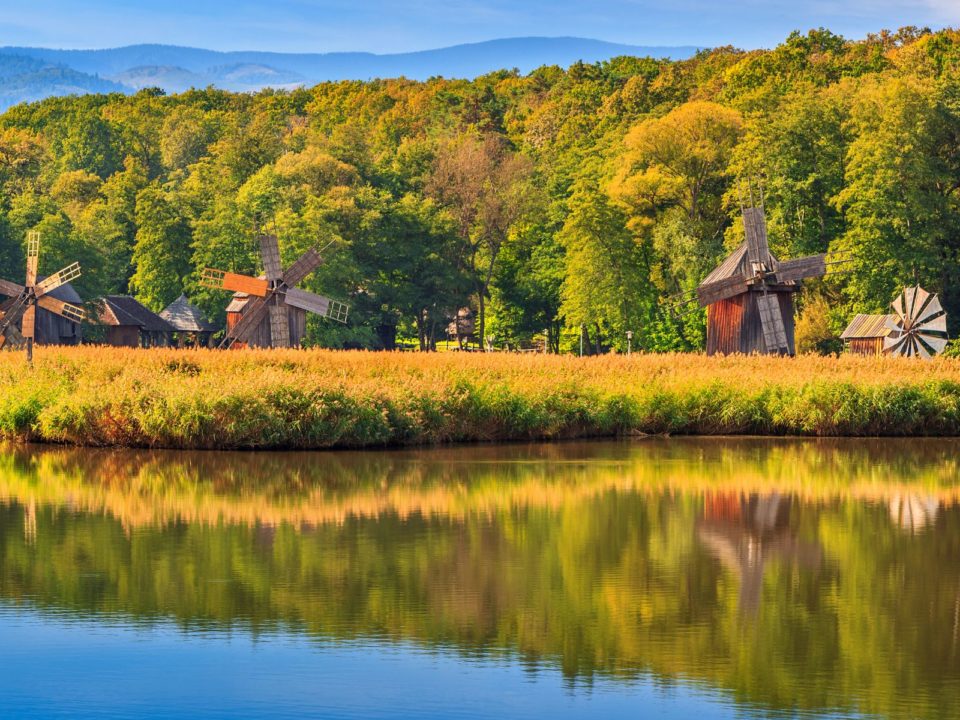
If You Love Tradition, You Need To Spend Christmas In Romania
November 18, 2022
Romania – Un Underrated Ski Destination In Europe
December 8, 2022On the 1st of December, we celebrate Romania’s National Day.
This day is particularly important to us because it symbolizes the union of all Romanians.
Romania during the 1st World War and its importance for Romania’s National Day
In 1914 the first World War erupted when Archduke Franz Ferdinand, heir to the Austro-Hungarian empire, was assassinated in Bosnia, Sarajevo, which at that time was annexed into the Austro-Hungarian monarchy.
Austria-Hungary blamed Serbia for the attack. As there were many Serbian nationalists living in Bosnia at that time, war was declared on Serbia, not before making sure support will be received from Germany.
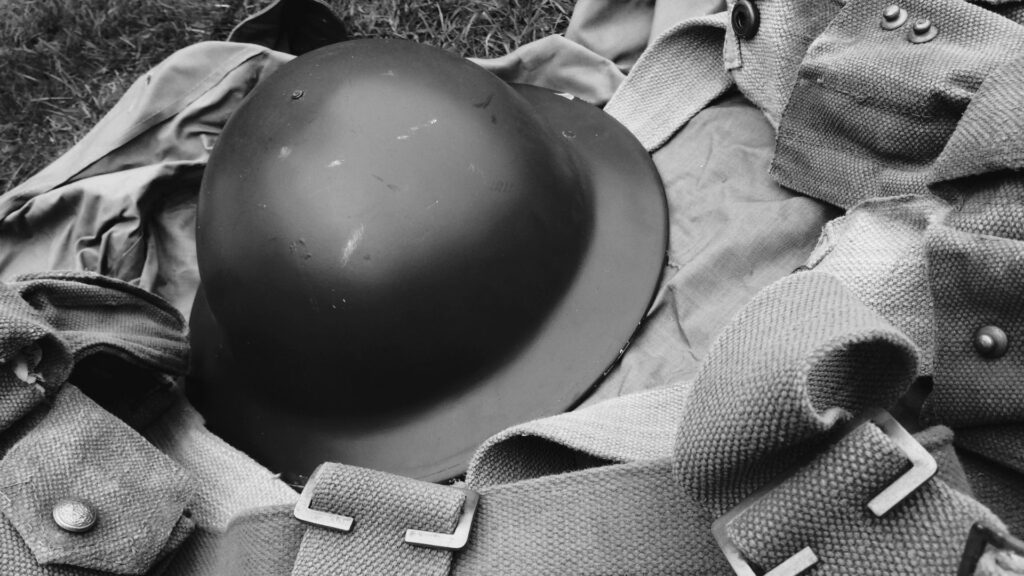
Russia backed Serbia and so all the great powers of Europe got involved in the war. After that, we all know what happened…4 years of massive destruction, millions dead and many more displaced.
Romania was in a pickle at the start of the First World War. Two of the territories inhabited by Romanians were occupied by Austria-Hungary (Transylvania and Bucovina) and one was occupied by Russia (Basarabia), so it wasn’t an easy decision who to support during the war, especially when Romanian leaders were also divided.
Eventually, Romania joined the war alongside the Allies (Russia, France, and Britain) and against the Triple Alliance (Austria-Hungary, Germany, and Italy).
At the end of the war, at Versailles, the Trianon Treaty was signed by the Allies, as winners of the war, and Hungary as the defeated state and successor of the Austria-Hungary Empire.
The treaty stipulated that Transylvania will be given to Romania, as more than 60% of the population is Romanian and less than 30% Hungarian.
This was a huge win for Romania, as historically Transylvania belonged to Romania ever since the 16th century when Mihai Viteazul, a Romanian ruler united all territories inhabited by Romanian people, Transylvania, Wallachia, and Moldova.
You see, unlike many countries, Romania never started a war or joined one just for the sake of gaining more territories. Our priorities, going back 2000 years, were to defend and unite the people, so as to preserve the culture and language which are our most valued possessions.
Throughout history, Romania had many National Days.
Romania’s National Day during the 2nd World War
During King Carol I’s reign, Romanians celebrated National Day on the 10th of May, which is considered the birthday of Modern Romania, the day when Carol entered Romania to rule its principalities, Moldavia and Wallachia.
After the forced abdication of King Michael I on the 30th of December 1947, and the fraudulent instauration of the communist rule the same night, the 10th of May could no longer play such an important role, as it was reminiscent of the Monarchy.
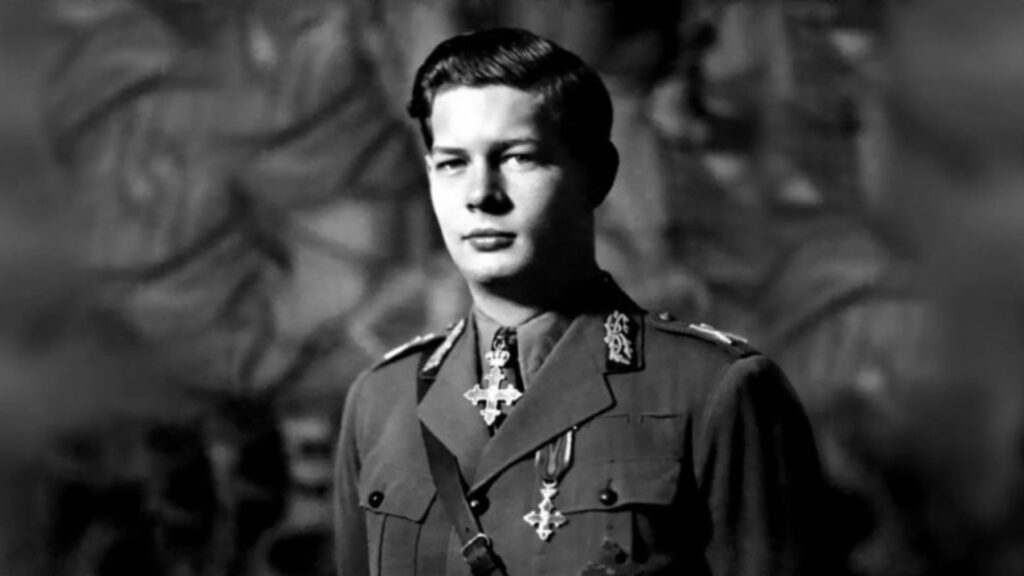
Therefore, the 23rd of August was established as the new National Day. This day was chosen as it symbolized breaking from a disadvantageous alliance (the Axis) during the Second World War to join the Allied Powers. Similar to Romania, four other countries, Hungary, Croatia, Bulgaria, and Slovakia switched sides during the war, due to the rise of the Nazi power and the Holocaust.
The decision to break the collaboration with the Axis was taken by King Michael who immediately started the peace negotiations with the Allies, a decision that cut short the Second World War by 6 months according to historians, thus saving millions of lives.
Romania during communism
After his forced abdication, Romania switched from being a Monarchy to being a Socialist Republic. What came next, was 42 years of communist rule, until 1989 when a revolution started and the communist dictatorship ended with the execution of Nicolae Ceausescu and his wife, Elena Ceausescu, on the 24th of December 1989.
You don’t have to be a political analyst to realize that we still struggle with some of the communist ways of doing things and we are just beginning to process what over 40 years of communism did to Romania and its people.
For curious travelers, there are 3 stops to make to get a real impression of Romania’s communist past. They are all located conveniently in Bucharest.
First, an apartment frozen in time, looking like it did in the 80s. Ferestroika is a tiny private museum that helps to imagine what day-to-day life was like during those times. (it’s on the wealthier side of what the population had in their homes)
Second, the private residence of the Ceausescu couple, available also for private tours, is a door into the abundant life of the presidential couple, in stark contrast to the poverty most people lived in.
Last but not least, the heaviest building in the world, the Palace of the Parliament.
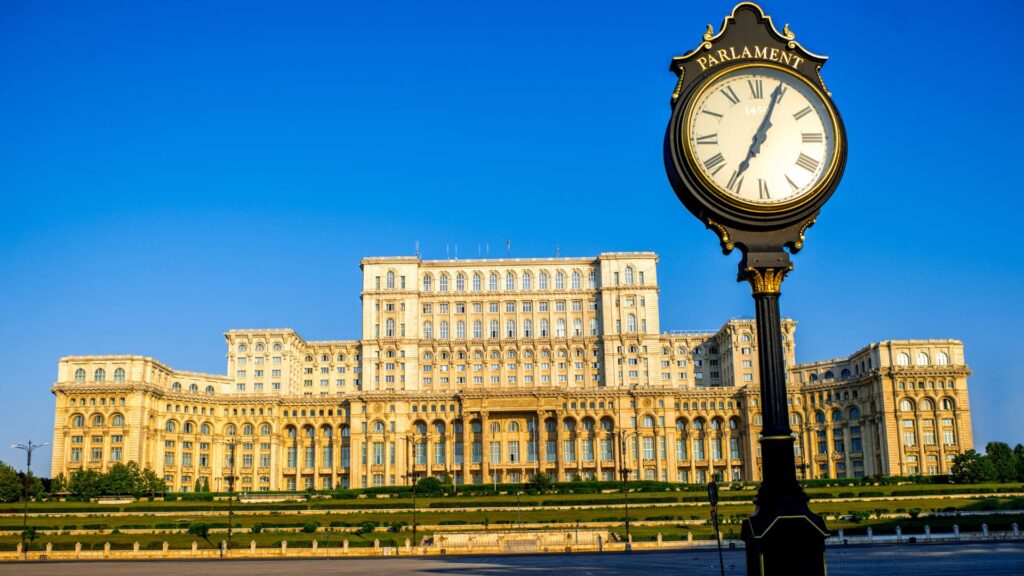
Ceausescu built it to impress his guests and sacrificed a significant part of Bucharest’s old neighborhoods for his goal.
Is your country’s history as complicated as Romania’s?

